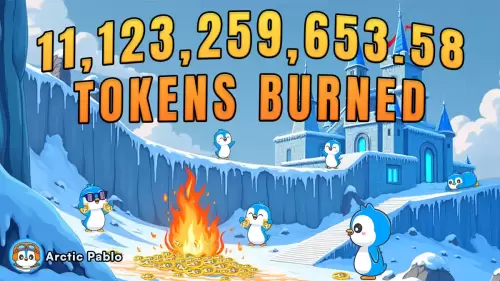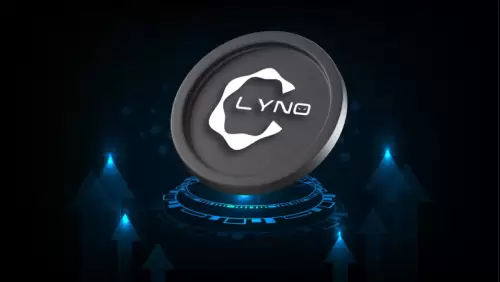Hut 8's latest power contracts signal a strategic shift in the Bitcoin mining landscape, with miners prioritizing stable cash flows and long-term grid integration.

Hut 8's Power Play: How Bitcoin Miners Are Locking Down Energy Deals
The Bitcoin mining scene is buzzing, and Hut 8 is making moves. Their recent energy capacity contract isn't just a headline; it's a sign of the times. Miners are thinking long-term, and power is the name of the game.
Securing the Grid: Hut 8's Ontario Power Deal
Hut 8 (NASDAQ: HUT) just inked a five-year deal with the Ontario Independent Electricity System Operator (IESO) for its natural gas power plants. We're talking about a capacity contract, which is basically an agreement where Hut 8 gets paid to keep a certain amount of juice ready to go. Think of it as an insurance policy for the grid, ensuring enough power during peak demand.
This isn't just about keeping the lights on. It's about stable cash flow. Far North Power Corp., a joint venture between Hut 8 and Macquarie Equipment Finance, will be raking in approximately CAD $530 per megawatt per day. That's across four sites: Iroquois Falls, Kingston, Kapuskasing, and North Bay, totaling 310 MW of capacity. Not too shabby.
More Than Just Mining: Diversifying Revenue Streams
This move highlights a growing trend: Bitcoin miners are becoming more integrated into existing grid operations. They're not just relying on mining rewards anymore. With the Bitcoin halving making things more competitive, miners are looking for new ways to make bank. Think flexible load balancing, like those Texas mining facilities that help the Electric Reliability Council of Texas during peak demand.
Miners Holding Strong: A Shift in Strategy
Here's a kicker: even though Bitcoin's price is way above production costs, miners aren't rushing to sell. CryptoQuant's CEO, Ki Young Ju, pointed out that Marathon Digital (MARA) is mining Bitcoin at around $51,700 per coin, while BTC is trading above $100,000. That's almost double the profit. Yet, on-chain data shows miners are mostly holding.
Why? They're playing the long game. They might be counting on future price growth, using mined BTC as collateral, or just be in a stronger financial position post-halving. Operational hash rates are up, meaning more efficiency and less pressure to sell. They're acting like long-term participants, not short-term profit-takers.
My Two Satoshis
It's great to see Hut 8 thinking outside the box. Securing power contracts isn't just smart business; it's a sign of maturity in the Bitcoin mining industry. By becoming part of the energy infrastructure, miners are solidifying their position and contributing to grid stability. This could be a game-changer for the industry's long-term viability. More miners will continue to expand into grid operations, especially considering how well Hut 8 is doing with it. Just a hunch.
The Bottom Line
So, there you have it. Hut 8's power play isn't just about electricity; it's about strategy, stability, and staying ahead of the curve. The Bitcoin mining game is evolving, and these guys are clearly plugged in. Keep an eye on these developments; it's gonna be an electrifying ride!













































































